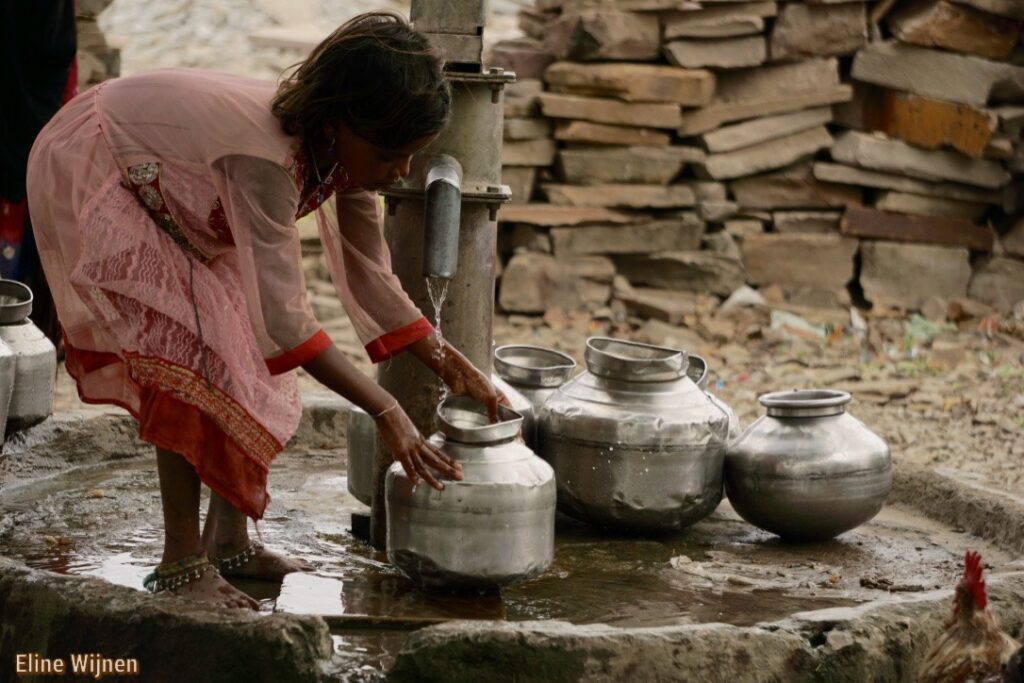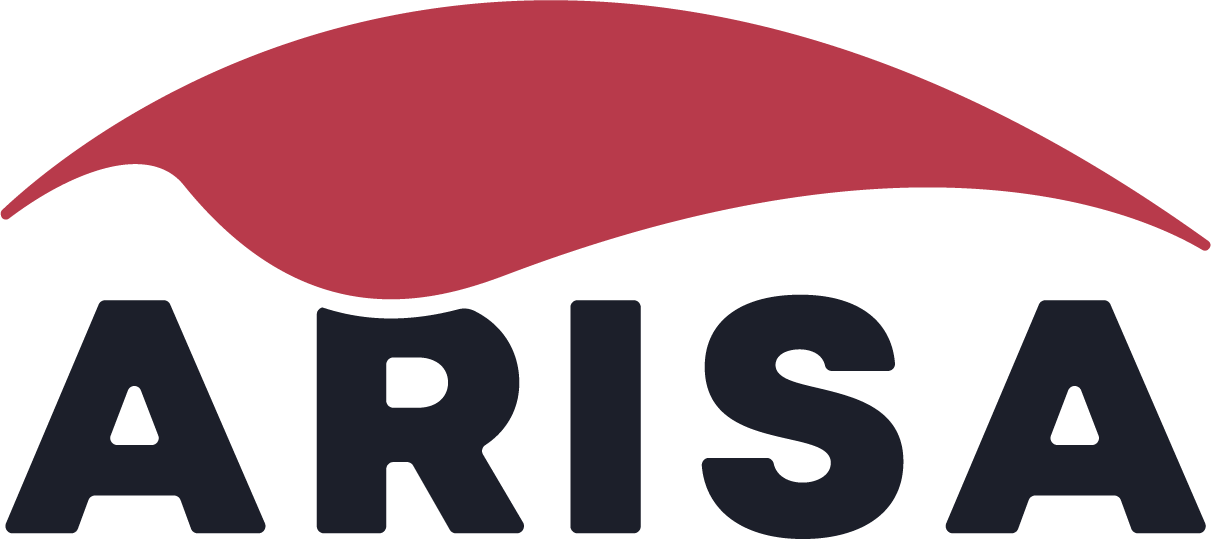
Child Labour Free Zones
Child labour is a persistent problem affecting millions of children worldwide, particularly in the informal sector and within the lower tiers of international production chains. The causes are complex and include poverty, limited access to quality education, a lack of supervision and social norms that normalise child labour. This is why a comprehensive approach is needed to bring about structural change both locally and within production chains.
Read more
Arisa collaborates with partner organisations in South Asia to combat child labour sustainably. This is done by setting up child labour-free zones, in which local authorities, teachers, employers and parents join forces to get all children out of work and into school. Companies can strengthen this approach by conducting thorough research into child labour risks throughout their supply chains and taking effective measures to prevent child labour and provide remediation where necessary.
A child labour-free zone is an area – for example a village – where everyone is convinced that no child should work and that every child should go to school. Local authorities, teachers, employers, parents and children all work together to ensure that all children are out of work and in school. Child labour is no longer accepted because all children are entitled to good, full-time education. Within a child labour-free zone, no distinction is made between ‘light’ (or supposedly acceptable) forms and ‘worst forms of child labour’.
As school dropout and child labour are closely linked, being out of school is considered a high-risk situation. All children who are not in education are therefore actively traced and approached. This includes:
- children who have never been enrolled in school;
- children who are enrolled but have been absent for a long time;
- children who have dropped out or have been forced to stop;
- children who work or participate in work – for example as seasonal workers, shepherds, domestic workers, miners or in the informal sector.
Many of these children belong to marginalised groups, such as Dalits, and are at increased risk of exploitation. Every child is reached, regardless of gender, caste, disability or origin.
The attendance and progress of all school-age children is meticulously tracked until each child completes secondary school.
If everyone takes responsibility, all children can go to school. Activities are being set up with local authorities and within existing community groups to protect the rights of all children. Examples include savings and loan groups and the joint development of income-generating activities.
Community mobilisers play a vital part in establishing child labour-free zones. They initiate conversations within communities about the harmful effects of child labour and the importance of quality education. Through door-to-door visits, meetings and establishing neighbourhood groups, they help to challenge harmful attitudes and behaviours and build support for change. They act as a link between the community and external organizations, identify children who are working, help them to return to school, and support families in finding alternatives. They also establish local monitoring systems to prevent relapse and encourage communities to take the lead themselves. In this way, community mobilisers ensure that the change comes from the bottom up and is permanent.
Why a production chain approach is also needed
Child labour often occurs in the lower tiers of international production chains – on farms, in informal workplaces and in homeworking environments – where supervision and transparency are limited. In line with international standards such as the OECD Guidelines for Multinational Enterprises and the UN Guiding Principles on Business and Human Rights, companies have a responsibility to prevent and address child labour. To fulfil this responsibility, it is important to accurately identify the risks of child labour, including in the lower tiers of the production chain, and to pay particular attention to vulnerable groups, such as children from marginalised communities or children at increased risk of exploitation.
Companies must take effective measures to prevent child labour, such as paying living wages and adopting responsible sourcing practices. If child labour is found, they should also actively participate in remedial measures, such as facilitating a reintegration into formal education and offering temporary income support to affected families until the children attain the appropriate age.
The strength of Arisa’s approach lies in combining an area-specific approach with a production chain approach. This creates a coherent approach that addresses the local causes of child labour and holds companies accountable for their responsibilities in the supply chain.
The combination of the area-specific approach and the chain approach ensures that:
- all working children in a community are reached, including those in the lower tiers of international production chains, such as the informal sector.
- companies take responsibility for preventing and tackling child labour throughout their supply chain and contribute to sustainable solutions.
- children do not shift from one sector to another or end up in more hidden or dangerous forms of child labour.
- children are not only taken out of child labour but also guided towards formal education as a sustainable alternative.
- education offers the prospect of a better future, with access to decent work once children are of the appropriate age.
- local initiatives to improve family income are supported, so that children do not have to work and adults can work under decent conditions.
- structural change takes place, even when the market changes.
Collaboration as key
Arisa takes a multi-stakeholder approach in which companies, governments, schools, communities and local organisations work together to create sustainable child labour-free zones. Partner organisations in production countries play a crucial role in this, as they understand the local context, build trust and mobilise communities.
What we ask of companies
- Carry out due diligence down to the deepest layers of the production chain, including the informal sector.
- Support effective approaches such as child labour-free zones through long-term engagement and financial support.
- Actively convey the message of the child labour-free zone to chain partners to stimulate involvement and behavioural change within the chain.
- Collaborate with civil society organisations, governments and other companies in production regions.
- Invest in living wages and incomes and better working conditions for adults, so that children do not have to contribute to the family income.
Finally
Child labour-free zones demonstrate that child labour can be effectively eradicated by ensuring that all children can attend school, providing families with opportunities and encouraging companies to drive sustainable change. The strength of this approach lies in collaboration: between communities, civil society organisations, governments and (local and international) companies. If children have access to education, families are given livelihoods and production chains are free of exploitation, a future without child labour is within reach.
